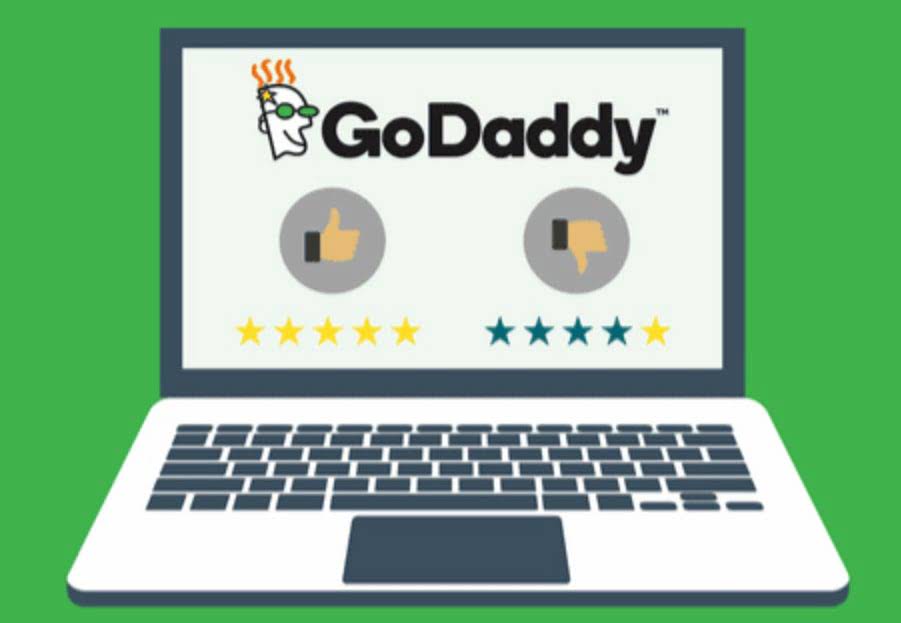
Since Dara Inc. has experience managing international shipping or wants to save on transport costs, FOB Origin, they decided to go forward this way. However, if the seller wants to minimize risk and offer a complete service (including delivery), FOB Destination would be a better option. The term FOB Shipping Point indicates that the responsibility and ownership of the goods is transferred from the seller to the buyer at the seller’s location (or point of origin). Also known as “FOB Shipping Point,” this term means the buyer assumes both ownership and all freight costs right from the seller’s location or originating port. The prepaid freight agreement says that the seller is responsible for the freight charges until the order arrives at the buyer’s destination. Then, the seller sends an invoice to the buyer for reimbursement when the items are delivered.
Cost, Insurance, and Freight (CIF) vs. Free on Board (FOB): An Overview
FOB or Free on Board, is one of those incoterms that is commonly used when it comes to international shipping. You will find this term on FOB invoices related to the delivery and receiving of goods. Terms indicating that the seller will incur the delivery expense to get the goods to the destination. With terms of FOB destination the title to the goods usually passes from the seller to the buyer at the destination. This means that goods in transit should be reported as inventory by the seller, since technically the sale does not occur until the goods reach the destination.
What Is the Difference Between FOB and CIF?
- When you agree to receive items under FOB shipping point terms, it’s essential to be aware of your liabilities.
- All of our content is based on objective analysis, and the opinions are our own.
- Incoterms define the international shipping rules that delegate the responsibility of buyers and sellers.
- It means that a seller pays for all shipping costs and that a transaction is not complete until the goods reach the buyer’s destination undamaged.
- The purchaser is responsible for the cost of transporting the goods under FOB shipment point terms.
Furthermore, once the goods leave the port of origin, the seller has limited control over the shipment and may face delays during transit. This can raise questions about their ability to meet delivery deadlines and is a significant risk for FOB Destination transactions. Sellers should have contingency plans to manage potential delays and communicate effectively with buyers in such situations. The ‘FOB destination’ or ‘FOB shipping point’ indicates when the seller is no longer responsible for items. Be explicit in your communications, especially regarding freight charges and when ownership passes between buyer and seller.
FOB and Transfer of Ownership

As an example of FOB destination accounting, suppose the value of the goods is 5,000 and the freight expense to the buyers destination of 600 is paid in cash by the seller. The most common international trade terms are Incoterms, which the International Chamber of Commerce publishes, though firms that ship goods within the U.S. must adhere to the Uniform Commercial Code. The difference between the CIF and FOB terms is who is responsible for the goods in transit. FOB is not a one-size-fits-all term; it comes with a variety of designations that provide more specific guidance on shipping responsibilities.

Transfer of Ownership
- Also, under FOB shipping point terms, the customer is responsible for the cost of shipping the product.
- You’ll learn about freight prepaid options, when freight collect makes sense, and how these terms affect your bottom line and supply chain.
- Generally, FOB is generally specified in a sales agreement and is accounted for under inventory costs.
- It contains elements such as delivery location and time when the risk of loss moves from the seller to the buyer, payment, and who pays for shipping costs and insurance.
- This centuries-old shipping term has evolved into a critical concept of determining the reliability and ownership transfer.
When transporting products to a customer, the two basic alternatives are FOB shipping point or FOB destination. FOB shipping point holds the seller responsible for the products until they begin their journey to the consumer. fob shipping point With FOB destination, the seller is held responsible for the items until they reach the customer. However, the buyer subtracts the shipping charges from the supplier’s bill rather than footing the bill out of pocket.
- Both parties don’t record the sale transaction in their general ledgers until the goods arrive at the buyer’s location.
- Buyers who are accustomed to international commerce typically choose FOB value.
- DAP, or “delivered-at-place,” says a seller agrees to be responsible for transporting goods to a location stated in the sales contract.
- CIF (Cost, Insurance, and Freight) and FOB (Free on Board) are two widely used Incoterm agreements.
The Other Side of the Coin: Freight Collect

Understanding Shipping Point vs FOB Shipping Point

FOB Shipping Point vs. FOB Destination: What’s the Difference?
- The buyer is obligated to provide adequate instructions so the delivery can be made safely and on time according to the sales agreement.
- When the goods reach the buyer’s location, the title of ownership is shifted from the seller to the buyer.
- Delivery is considered to be complete when the goods are loaded onto the shipping vessel.
- Free on Board or FOB is a transportation term related to international commercial law.
- So, if goods are shipping from New York to Miami, and the invoice says “FOB New York,” that means the buyer in Miami has ownership of the goods when they leave New York.

